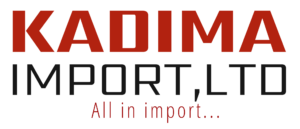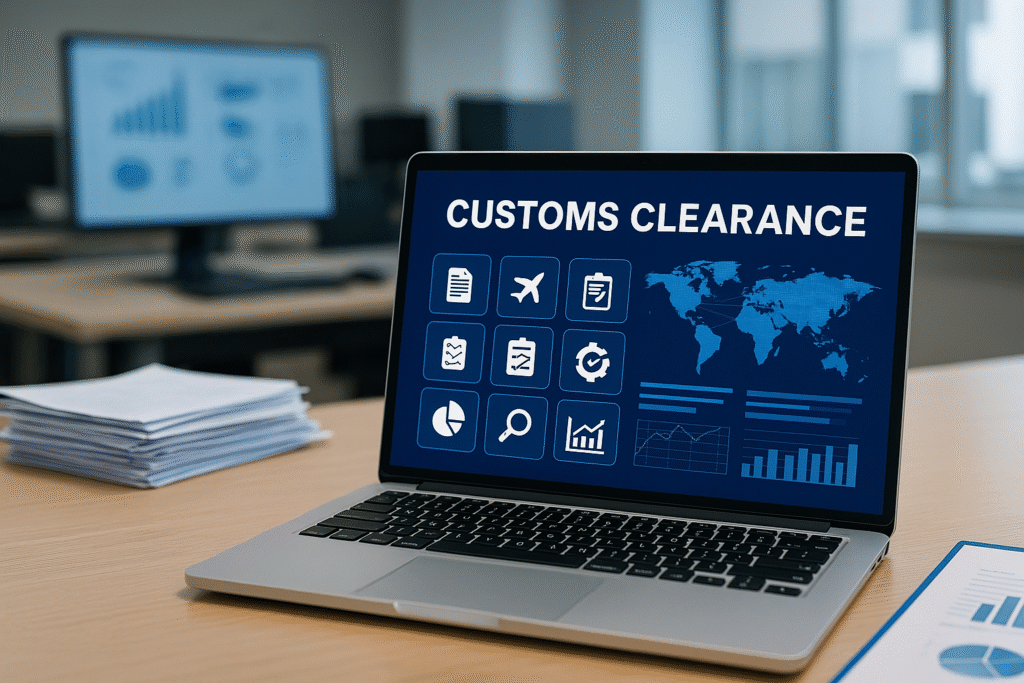Technology in customs clearance and automation
Technology in customs clearance is revolutionizing how international trade flows are managed. Manual paperwork and lengthy queues at borders are being replaced by automated declaration systems that process data in real time. Duties are calculated instantly, documents validated electronically, and low-risk shipments cleared faster. This automation reduces errors and increases the efficiency of both customs officers and logistics companies, ensuring goods move smoothly across borders.
Digital platforms and single-window modernization
One of the most significant advances is the adoption of digital platforms and single-window systems. Traders, freight forwarders, and authorities can now interact in a unified environment. A single data submission reaches all relevant agencies, eliminating duplication and delays. Pre-arrival processing allows risk assessment before cargo reaches customs, giving traders transparency and enabling faster decisions. These platforms also store digital records, which simplify audits and reduce the likelihood of disputes.
Risk management and predictive analytics in customs clearance
Modern customs administrations use analytics to identify unusual patterns and predict compliance risks. By scoring shipments based on historical behavior, tariff data, and operator profiles, they can direct inspections toward suspicious consignments while allowing compliant goods to flow freely. Predictive tools flag anomalies such as undervaluation or inconsistent documentation. This approach enhances both trade facilitation and border protection, striking a balance between efficiency and control.
Real-time visibility and trusted data for global trade
Transparency is another benefit of advanced customs technology. Blockchain ensures tamper-proof records, while IoT sensors provide live updates on cargo location, temperature, and conditions. Traders can track their shipments end-to-end and address issues before they cause penalties or delays. Customs officers gain stronger oversight and can collaborate more effectively with trade partners. The result is smoother logistics, greater trust in the system, and a resilient global supply chain.
Fuente: World Trade Organization

